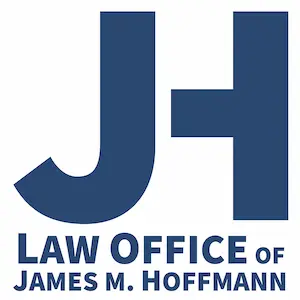Work-related dermatitis is a group of skin conditions caused by exposure to harmful substances in the workplace. PPE and hand-washing can help prevent these conditions.
Did you know that a staggering 84.5 million people in the US suffer from skin-related conditions, costing the healthcare system $75 billion in treatment costs? Dermatitis is a term used to describe skin conditions that cause irritation on the dermis, the outer layer of the skin. Work-related dermatitis is directly linked to the work environment due to exposure to causative substances.
Get FREE Legal Advice
Call today to speak with an experienced Missouri workers compensation attorney!
Call (816) 399-3706In this post, we will explore what you need to know about work-related dermatitis, including its causes, symptoms, and prevention.
What is Work-Related Dermatitis?
Work-related dermatitis is a group of skin-related complications directly linked to work activities or environments. Dermatitis usually manifests itself as eczema but can also include contact, nummular, and seborrheic dermatitis. Dermatitis is not only uncomfortable but can also lead to ugly breakouts on the skin, and is, in some cases, painful.
What Causes Workplace Dermatitis?
Work-related dermatitis is caused by exposure to causative substances in the workplace. Some of the most common causes of occupational dermatitis include exposure to irritants like chemicals, harmful fumes, allergens like dyes, latex, and enzymes, prolonged exposure to moisture and wet conditions, bacterial, viral, and fungal infections, exposure to certain types of radiation, and mechanical trauma and friction from using tools and other equipment.
Symptoms of Work-Related Dermatitis
Symptoms of work-related dermatitis vary depending on the type and cause of the dermatitis. Some of the most common symptoms of work-related dermatitis include dry, scaly, and cracking skin, thickening and hardening of the skin, incessant itchiness, burning or stinging sensation on the skin, redness, and swelling in the affected area, blisters and oozing of whitish fluid, and sensitivity to specific substances like detergents and soap.
How to Prevent Dermatitis in the Workplace
Work-related dermatitis is avoidable by taking proper precautionary measures. Ways to sidestep this skin disorder include wearing personal protective equipment (PPE) like gloves and long-sleeved overalls, frequent hand-washing, using mild soap and detergents, keeping skin moisturized, and reporting symptoms early on before it spirals out of control and infects other workers.
Work-related dermatitis can greatly compromise your productivity at work and do a number on your self-confidence. To protect yourself from it, take extra care and follow preventive measures. If you, unfortunately, contract work-related dermatitis, you can always pursue compensation for treatment and lost wages via your workers’ compensation policy. Speak with a Kansas City workers comp attorney today to learn more about your legal rights.
Get FREE Legal Advice
Call today to speak with an experienced Missouri workers compensation attorney!
Call (816) 399-3706
